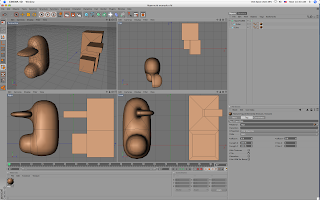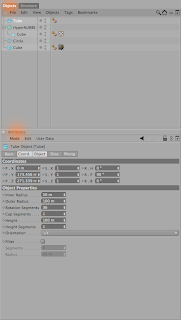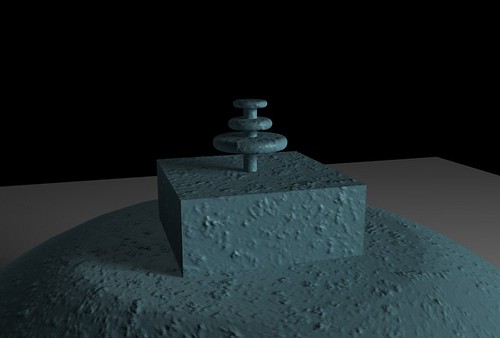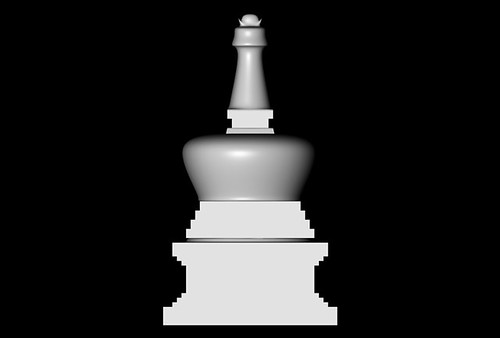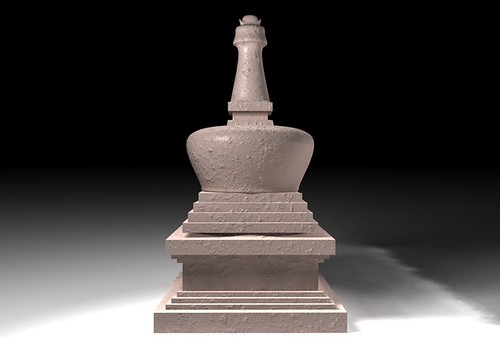Blue. Red. Green. Three colors we are all familiar with. Not only are we familiar with them but also we are familiar with what they may represent:
Blue – The sky, the sea, sadness, coldness.
Red – Fire, blood, warmth, passion.
Green – Nature, money, envy, hope.
As I grew up, I knew these meanings, but because the political parties back home in Puerto Rico used these colors to represent themselves, whenever I see the colors blue, red, and green next to each other I also think of politics. Personally, I find situations such as this one fascinating because it means that the way someone interprets the meaning of an object or image depends on their own experiences. It is as though the object changes depending on who is watching it. To me these three colors represent politics, fanaticism, insults and mudslinging. On the other hand if I didn’t have these experiences I would simply relate this combination of colors to color theory or television.
So I have dedicated my art to trying to understand this situation of multiple meanings behind an object, image or idea. For example, one of the concepts I have worked with is how our sense of identity is formed and what shapes it. I believe that as our identity or personality changes parts of them are in conflict with each other in a push and pull for dominance or balance. This struggle makes it difficult for an individual to explain who he/she really is. I dealt with this issue more clearly in my “Dos en Uno” video. The video deals with the idea of duality in my personality through the use of objects such as food, seasonings, books, etc. that act like symbols of the parts of my personality that are in conflict. Each object is paired with another one of a similar type (salt with adobo, art theory books with art manuals, etc.) and the movement between each object on the image would represent the coming and going between the two sides of my personality.
To me one of the most important aspects of art is the transmission of a concept to a viewer. However having to deal with this situation that a single image can have several meanings depending on who the viewer is makes the process of transmitting my idea much more complex. Because of this problem present in conveying a message I believe that I should use my art to instruct the viewer about how we perceive things. One of the things I do in my videos is to bring to the forefront aspects of their lives that people wouldn’t normally notice. For example the topic of my video “Details” is to present the sensation that when we are surrounded by an excess of information we lose sight of the details. The video consisted of showing a song and a piece of ice on the floor and as the view changes to a higher angle (where one should see more) the sound becomes more cacophonous and the image becomes overwhelmed by a stream of abstract geometric objects until the viewer can’t see or hear anything. By the end, the scene returns to the detail shot and the song all in focus.
I want my artwork to show people that our identity is fashioned of different aspects whose meanings change depending from which perspective we see them. I want my art to show that when it down comes to the images we see, their meaning go beyond what we can interpret from our own experiences. I want to let people grasp what they take no notice of.
